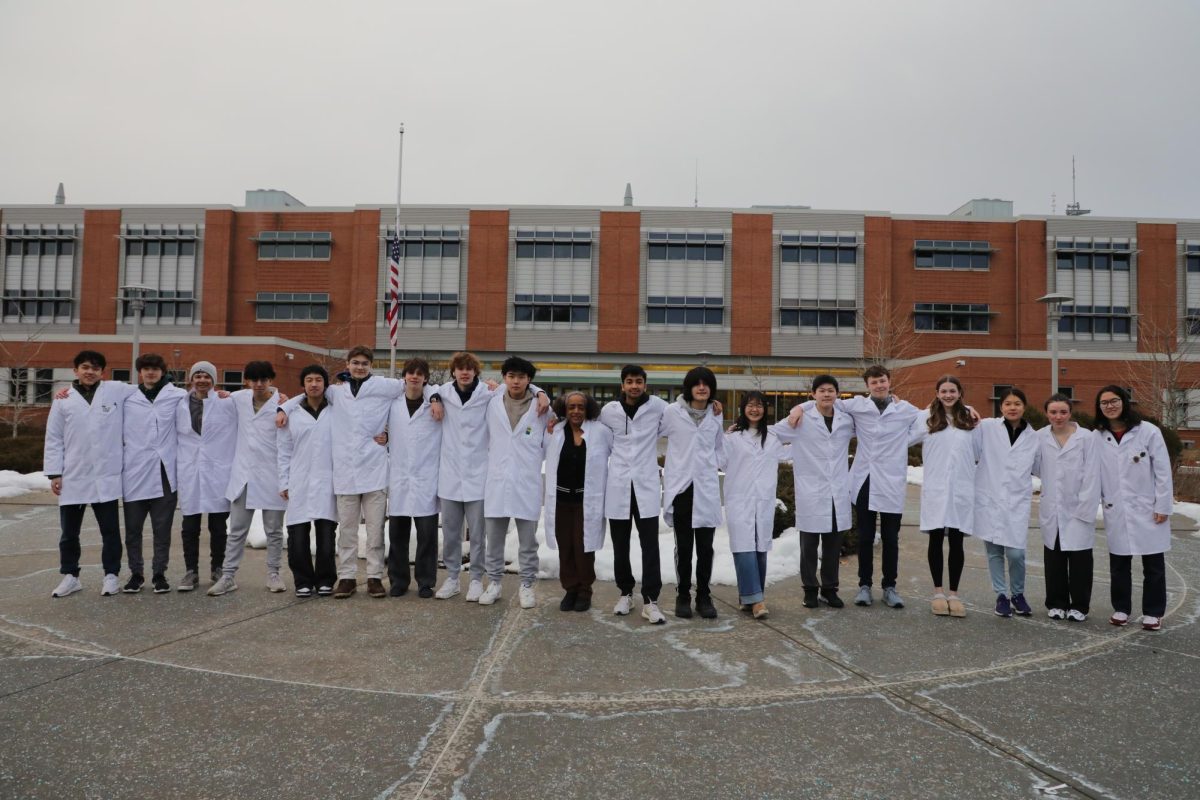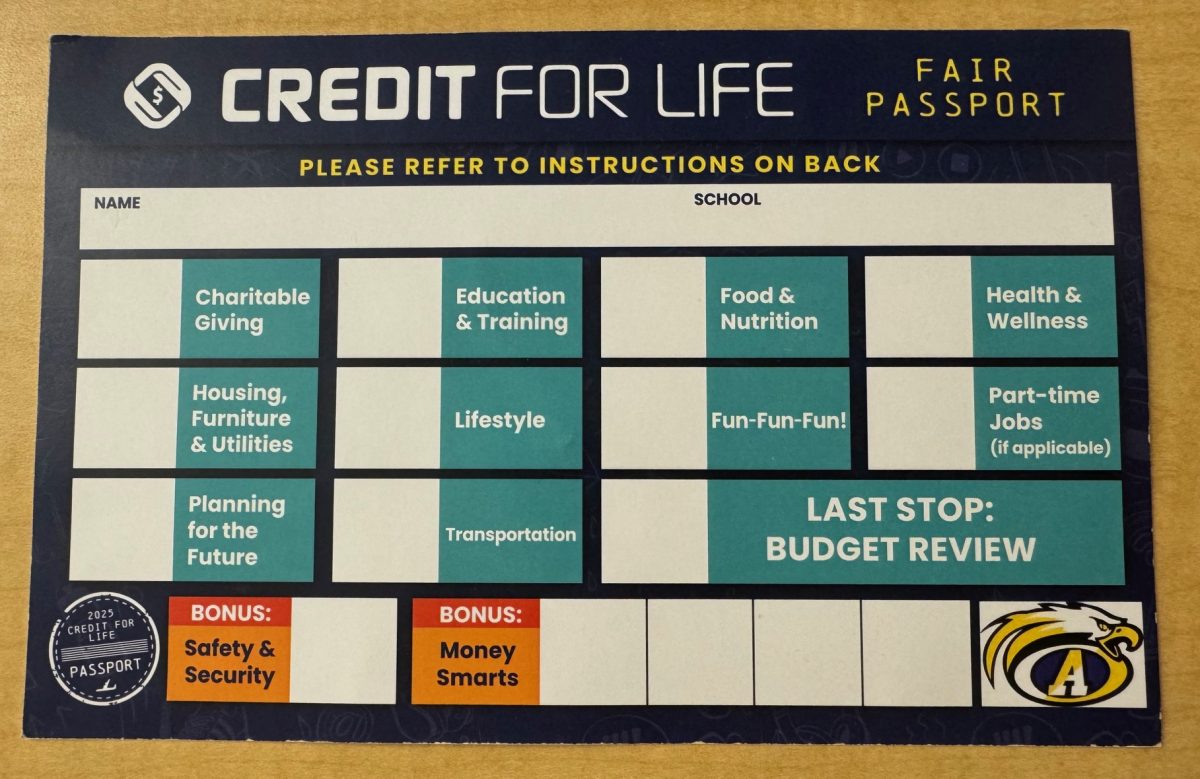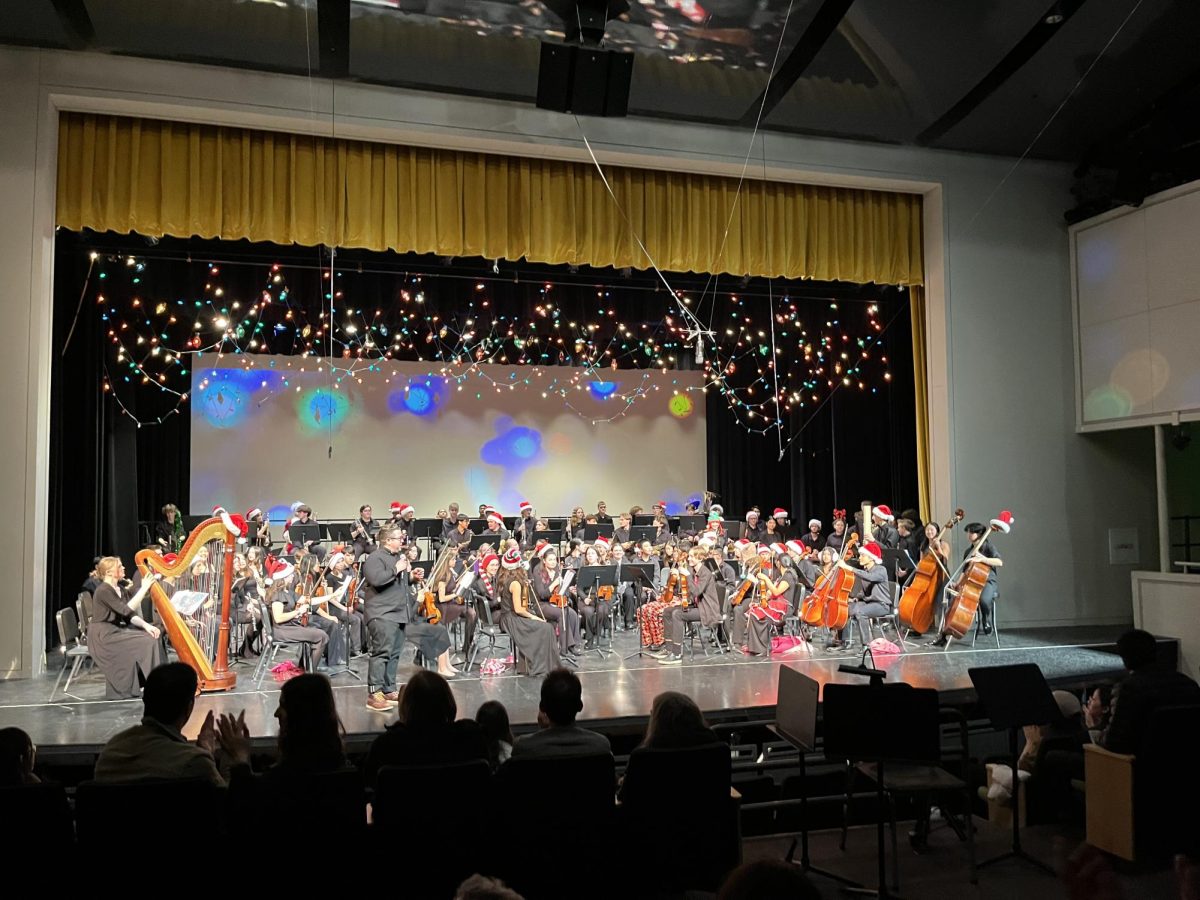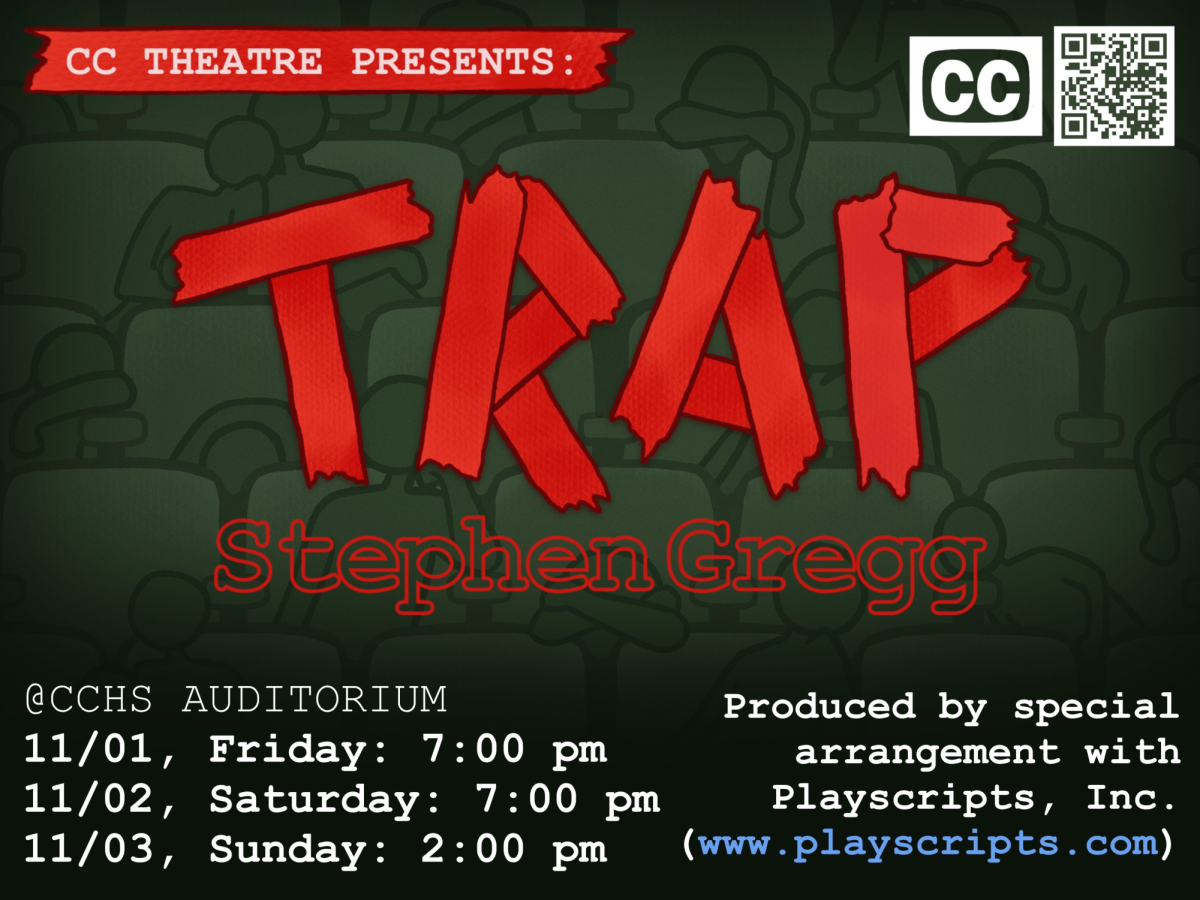Don’t study every day.
As untraditional as it sounds, the more effective strategy is using spaced repetition—studying pieces of information several times but increasing the time gap between times when you study.
In 1885, German Psychologist Hermann Ebbinghaus discovered the science behind spaced repetition when he experimentally determined memory retention rates in his famous work Über das Gedächtnis (Memory: A Contribution to Experimental Psychology). These curves would later be commonly known as the “forgetting curves,” showing how fast the human brain forgets pieces of information. He found that the rate of forgetting information is exponential without reinforcing information by studying. For example, a student just walking out of a lecture will forget 40% of the material presented by the instructor in just twenty minutes. After a full day without review, that student would have forgotten 66% of the material.
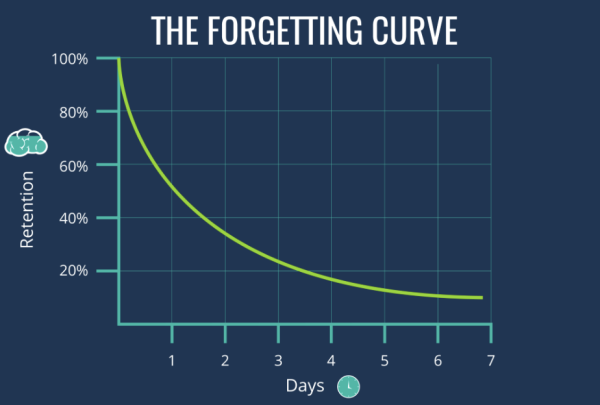
More on the Ebbinghaus curves can be found here. Image courtesy of eLearning Industry.
Most importantly, Ebbinghaus discovered that when reviving our memories in increasingly spaced-out time gaps, it becomes increasingly harder to forget them. In other words, he found that people forgot a little less quickly after a few spaced-out reviews. Therefore, the best time to review is on the brink of forgetting the material, as shown below.

Image courtesy of eLearning Industry.
You may notice that forgetting the amount of information takes longer over time (for example, the drop to 60% retention takes longer and longer). This means that we can study fewer times while still remembering the same amount of content — memories will last longer and longer as time progresses. While a student may need to review the information many times to remember all the information in the first week, that student will only need one or two very spaced-out reviews after a few weeks and even a few reviews per year over time. If you were to test them on the same content, they would still remember it well. Of course, this is only the case if you do not skip vital days when you need to study.
If students find it difficult to recall the answers to a question, they should drop back to a shorter-spaced time gap. If the student fails to recall the answer, they must start from the beginning again.
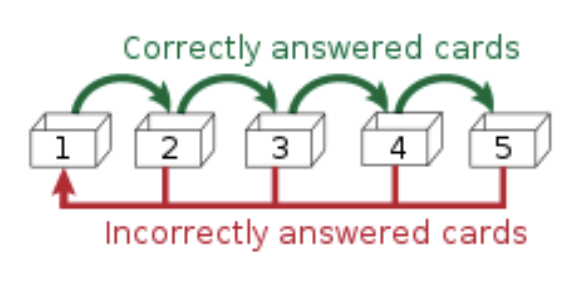
Image courtesy of Wikipedia
You might be thinking: How, then, do I vividly remember some things better than others? How come I still remember some events even though they happened once?
Often, these events are the most memorable or traumatic moments of our lives. With so much to learn and review for finals, hardly anything can be simply imprinted in our brains. How the unmemorable content is remembered falls along the “forgetting curves.”
If done correctly, students using spaced repetition will study less but still remember the same as students studying all the pieces of information daily. Using spaced repetition, anyone can learn more in less time.
The effectiveness of this method also trains the today’s doctors. It is well known that medical education demands learners to master large amounts of material. To learn everything, students have turned to spaced repetition to remember more in less time.
This method is arguably even better than fixed interval reviews. In 2012, Dobson conducted a study on students studying physiology. He tested three groups — fixed interval review students, spaced interval review students, and a group that did not review at all. Notably, Dobson found that students using spaced intervals scored 14% better on exams than those using the traditional method of fixed interval studying.
In 2014, Augustin, in the Yale Journal of Biology and Medicine, summarized the Ebbinghaus method: “Whenever students learn factual knowledge, they should test themselves while learning, actively recall information, and retest the facts at expanding time intervals…These learning strategies help students learn the most in the least amount of time.”
Some apps integrate spaced repetition using mathematical algorithms, so you do not need to calculate the Ebbinghaus curves yourself. One such app, unsurprisingly popular among medical students, is Anki*. The key to using these applications is checking them every day. The algorithm only returns the cards due on that day to be reviewed.
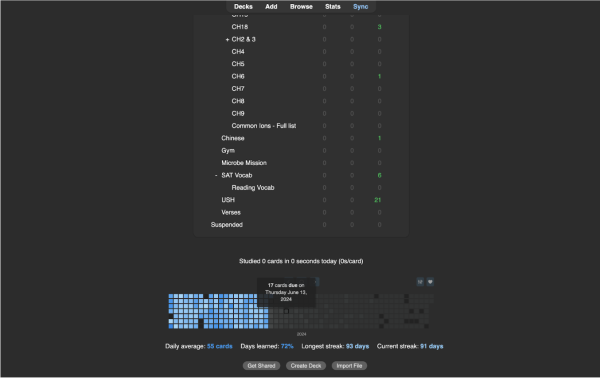
Author’s image. Video on how to use Anki. Download Anki here.
*Anki is a suggested product and is not involved in or affiliated with The Voice
As we near finals week, students should try using spaced repetition to prepare for finals—most importantly, to learn more in less time and to improve memory.

